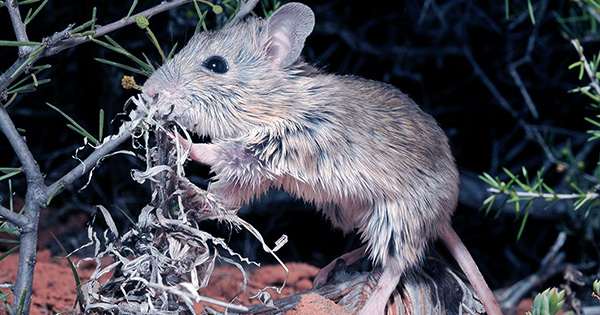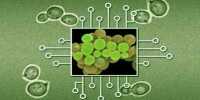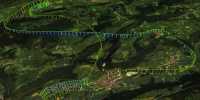Much of the continent is in the middle of a mouse plague of epic proportions, but a lazy Australian scientist is delighted to be alive. Gold’s mouse (Sidomis goldi) has been thought to be extinct for nearly a century and a half, but genetic analysis published in the National Science Processing Institute of Processing found that it is still hanging – although it is on some smaller islands. Although most of Australia’s mammals are marsupials, moons reached six million years ago and created numerous niches without displacing many pouch carriers. But recently they have suffered even more severe damage at the hands of newcomers (and claws) than marsupials, contributing to Australia’s status as the world’s worst place for mammal extinction.
Dr Emily Rycroft of the Australian National University was investigating the heredity of extinct native rats when they hit something quite unexpected. Collected specimens of the Mould, collected in 1839, are thought to have soon become extinct, in fact the same species as the surviving Shark Bay Mouse (P. Fieldy), also known as Jojangari. Roycroft said in a statement, “The emergence of this species brings good news in the face of an unnecessarily high rate of extinction of native rats, which accounted for 41 per cent of the extinction of Australian mammals after European colonization in 1 species.”
Jojangari was once widespread across Western Australia and was found earlier. At one point it was reduced to a single island, but in the event of a disaster, wildlife conservation has set up reserve populations on a few more islands in Western Australia. Roycroft told IFLScience that new populations are expanding, but the mouse’s lack of genetic diversity is a threat to its survival. Roycroft told IFLSind that the project began by exploring genetic diversity from a different angle in a collection of eight species collected in the last days.
“We wanted to see if they became directly extinct or already declining as a result of European colonization,” he said. Rycroft speculated that many endangered species were in trouble before the Europeans could find evidence of thalassemia, which was eliminated from competition with dingoes on the mainland and was genetically degraded in Tasmania.















